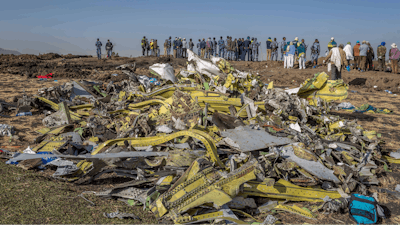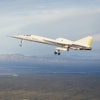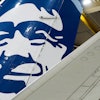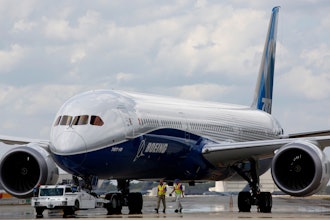
U.S. accident investigators disagree with Ethiopian authorities over the cause of a sensor malfunction that preceded the March 2019 crash of a Boeing 737 Max shortly after takeoff from Addis Ababa.
The National Transportation Safety Board said Tuesday that it determined that the bad sensor reading was caused by impact with an object, most likely a bird.
Ethiopia's aviation authority said false readings by the sensor, which measures the direction of the plane's nose, were caused by electrical issues that had existed since the plane was manufactured.
Both sides agree that the sensor readings caused an automated flight-control system new on the Max to pitch the nose of the plane downward. Pilots were unable to regain control. The crash killed all 157 people on board and occurred less than five months after a Max crash in Indonesia killed 189 people.
The NTSB released its new comments Tuesday, three weeks after its initial criticism of Ethiopia's findings around the cause of the crash, which led to a worldwide grounding of all Max jets that lasted nearly two years.
Boeing is to be arraigned Thursday in a federal court in Texas on a charge of defrauding the United States. Relatives of some crash victims are expected to speak. The families are pushing the Justice Department to re-open a settlement in which Boeing agreed to pay $2.5 billion in exchange for not facing criminal prosecution over the way it obtained regulatory approval for the plane.






















